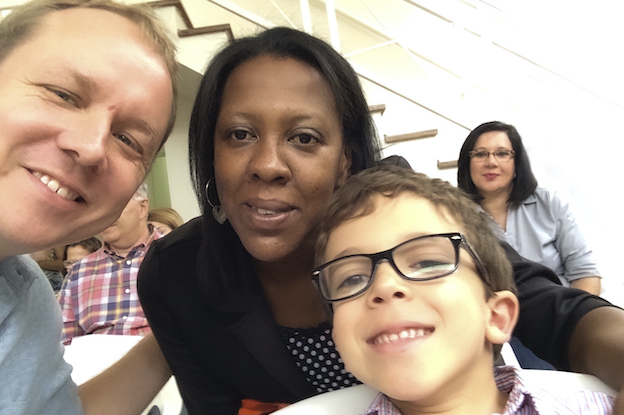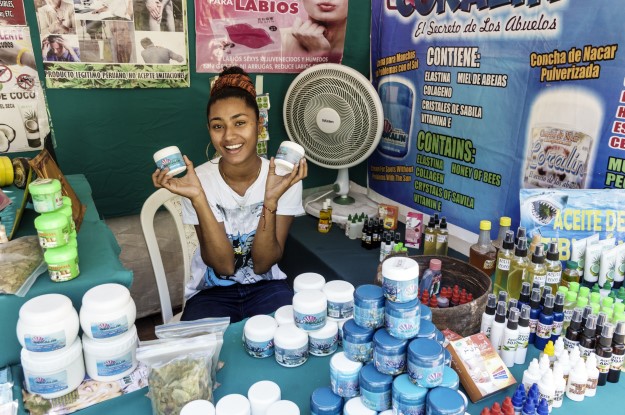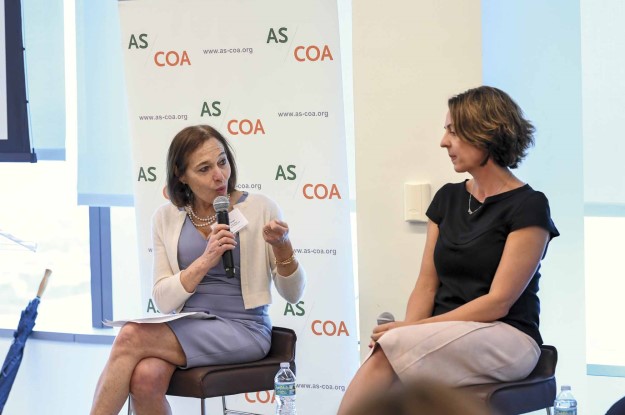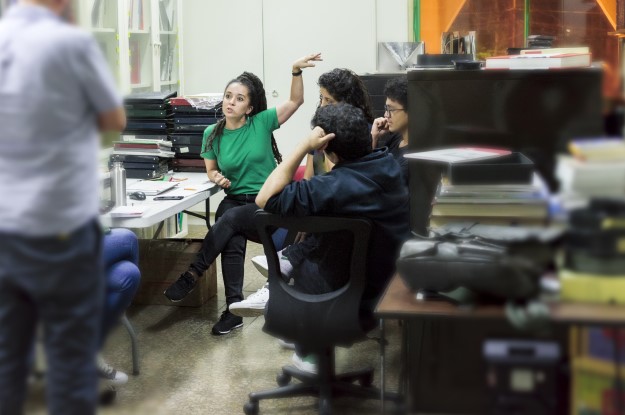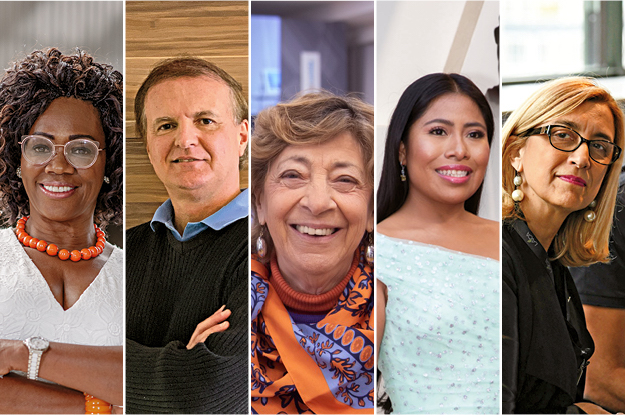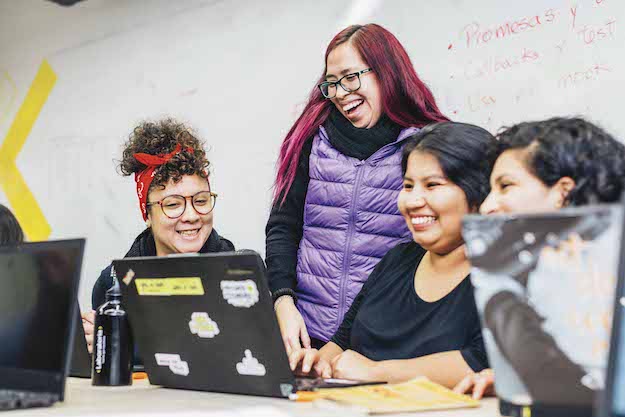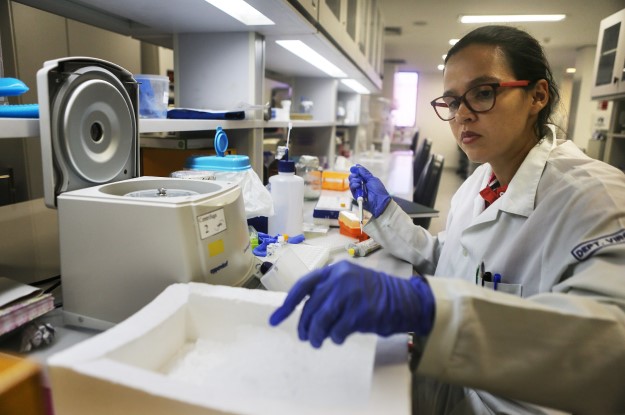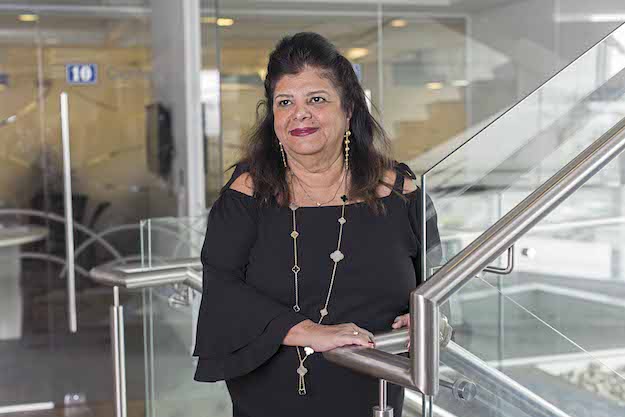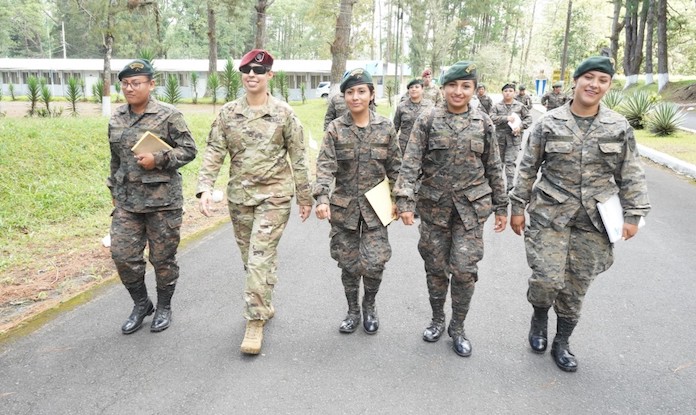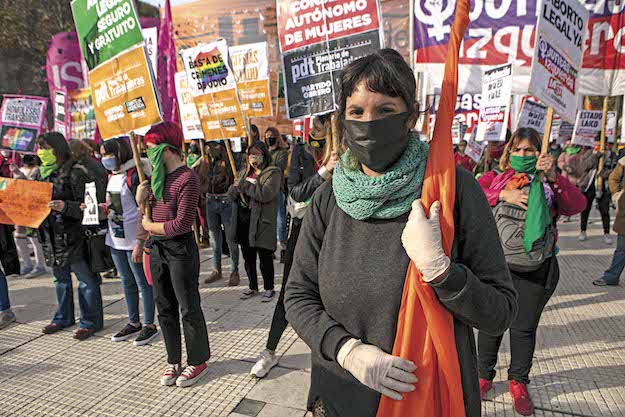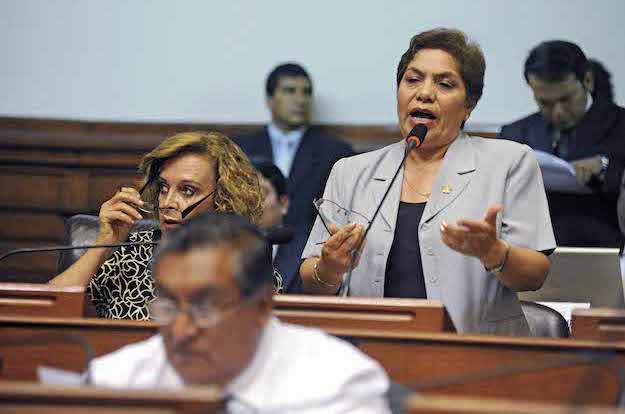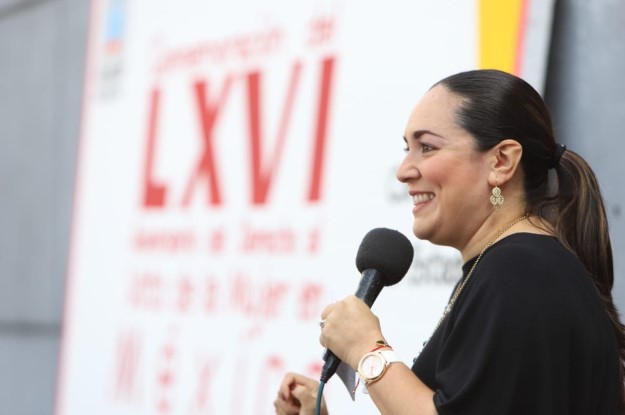This article is adapted from AQ’s special report on closing the gender gap | Ler em português | Leer en español
Given the enormous challenges facing Latin America in 2020, achieving true equality between men and women by the end of this decade might sound impossible — or perhaps, like a dream that must be deferred.
But despite old machista stereotypes, it’s an area where the region has already made significant progress in the last 20 years. Consider that women now hold a third of seats in Latin America’s national legislatures, and about half in Mexico, Bolivia and Costa Rica. The U.S. number, by comparison, is just 24%. A broad measure by the World Economic Forum, which accounts for economic, health and educational disparities, puts Latin America’s gender gap at 28.8% — down from 33% in the mid-2000s, and better than the global average. Today, there are more women than men in the region’s universities.
That’s a record to build on, and a tonic to the general feeling of hopelessness that permeates the region today. But as with so much else, progress is now being reversed due to the pandemic. Studies show women are doing an even higher percentage of unpaid household work like cleaning and childcare, forcing them to put professional opportunities aside. Some 15% of households report increased domestic violence since the pandemic started. Unemployment is rising faster among women, and many are dropping out of school, damaging a whole generation’s future.
This issue of AQ is a special report built around five recommendations to get the quest for gender equality back on track.
We start with a call to improve access to financing for women entrepreneurs, who currently account for just 23% of loan portfolios in Latin America despite being just as likely as men to start a business in many countries. Enrolling more low-income women in STEM programs would open up tomorrow’s most promising professional fields. Improving protections for women against violence is a necessary condition for addressing many other challenges; so is getting men to do their fair share of household work and caregiving. And finally, this issue is full of inspiring stories of women who have succeeded against the odds, living proof of the need to find new, creative ways to feature women as role models so future generations can build on their example. Our cover highlights Epsy Campbell Barr, the vice president of Costa Rica and the first Afro-descendant woman on the continent to be elected to such a position of power.
A recent McKinsey report put the economic dividend of gender equality in Latin America at some $1.1 trillion. That would be a huge boost amid the greatest recession in modern memory, but there are more reasons than money to do it. Equality shouldn’t have to wait.
Improve Access to Financing for Women Entrepreneurs
A story of extraordinary talent, but no hope of getting a loan.
How Banks Can Break Down Barriers for Women
Improving access to credit for women entrepreneurs can help Latin America recover from the pandemic.
Let’s Get Creative: Innovative Ways to Finance Women in Latin America
Building an investor ecosystem for female entrepreneurs can help close persistent funding gaps.
Find New, Creative Ways to Feature Women as Role Models
The Many Faces of Good Mentorship
Mentors are an asset to women in Latin America and beyond. They often find us unexpectedly, writes Susan Segal.
Five Ways to Elevate Women in Business
Organizations can take these steps to ensure women get the visibility they need to thrive – and inspire others to follow.
AQ’s Top 5 Champions of Gender Equality
AQ highlights five distinguished individuals who have used their careers to help close the gender gap.
Enroll More Low-Income Women in STEM Programs
The “Laboratory” Closing Latin America’s Tech Gender Divide
Organizations like Laboratoria are helping working-class women join the insular world of computer programming.
What Has Changed for Latin American Women in STEM?
Despite some progress, the picture remains mixed, a longtime observer says.
Get Men to Do Their Fair Share of Household Work and Caregiving
Come On, Guys: It’s Time Men Got More Involved at Home
Men must do a greater share of household work for gender equality to become a reality.
How to Transform Childcare in Latin America
The examples of Chile and Colombia can help others in the region, but don’t expect one-size-fits-all solutions.
Improve Protections for Women Against Violence
Luiza Trajano’s Courageous Efforts to Fight Domestic Violence
One of Brazil’s largest retailers has launched an audacious program to help victims – both customers and employees.
The Rising Role of Women in the Hemisphere’s Militaries
Women are key to making security stronger for everyone.
Having Strong Gender Violence Laws Isn’t Enough
Latin America has passed noteworthy laws to protect women. Implementing them has been harder.
Other Feature Content
She Dared to Run: The Unlikely Story of Prudencia Ayala
How Prudencia Ayala became the first woman to run for president in Latin America.
When Do Quotas in Politics Work? Latin America Offers Lessons.
The region shows that if done right, quotas can dramatically boost women’s numbers in Congress and beyond.
What It’s Really Like to Be a Female Candidate in Latin America
Women running for office still face barriers almost unimaginable to men, but innovative tools can help.



